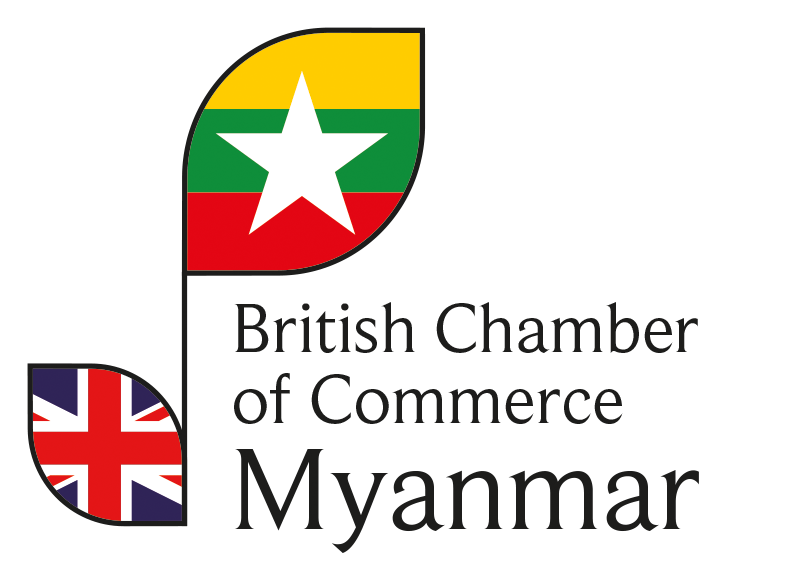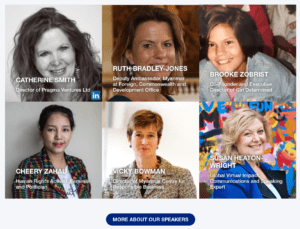I was honoured to speak at the Break the Bias event in Myanmar. This was for the Women in Leadership group. This was supported by the British Chamber of Commerce in Myanmar. Here are details of the event.
This was an event like no other. I was acutely aware that this is a very unstable region politically. I had to modify my content so it was of value to the audience, and avoiding anything political. But it was important to support the amazing people of Myanmar by providing high quality content. I was particularly honoured to speak alongside some incredible speakers.
But it was also different from a platform and technical perspective. Yes; this was a hybrid event. There were members of the audience ‘in the room’ as well as people watching remotely. However, I wasn’t able to see the audience in the room. Another challenge was that some of the other speakers had very unstable WIFI or the generators were intermittent. All part of being a professional speaker, but a case study of ensuring you remain focused on doing the very best you can for the audience.
I spent some time speaking to other professional speakers about hybrid speaking. To be honest I feel there was some showing off with them discussing the angles of the cameras and the staging. Obviously this is important when you are in a large scale hybrid event. However, it is so important to go to basics for any hybrid event – to ensure the audience are served to the best of your ability.

Here are the top tips I learnt from speaking at this event:
- Start with the brief. Really listen to what the client wants.
- What outcomes does your client want from your contribution?
- Understand who your audience is.
- Do they speak English as their Native language?
- Where will they be listening/watching
- What content could really support their particular situation?
- What is the technical set up for the attendees in real life, but also watching remotely?
- How could I really involve the audience so they are part of the conversation?
- What added value could I give – such as top tips or an action they could try.
- How long do you have to speak? (It is very important not to overrun!)
- What is the technical set up, eg is it on Zoom?
- Any challenges regarding the tech that are valuable to know?
In the case of my speech; I took into account:
- A number of the attendees didn’t speak English as their native tongue
- Motified the language I used and also the speed I spoke so it was easier for the attendees to understand
- I avoided using slides because of the limited wifi and bandwidth of some of the attendees
- Encouraged attendees to comment
- I asked questions, and whilst there was a delay, there were active comments and involvement from the attendees
- Additional learning resources in the SuperStar Communicator APP for audience members who wanted more information. This is free to download
- Encouraging people to ask questions and there was a Q and A session at the end for all of the speakers.
- I could see the other speakers but not the attendees. I was aware that the audience would be able to see my face and reactions. So I actively listened rather than being distracted by other things (eg my phone)
- During the event, and also during my speech, there were times when other speakers bombed out due to wifi and generator outages. Keeping focused on the audience and your speech is crucial!
And here is the feedback.
“Susan was a speaker at our Myanmar Professional Women’s Network #Breakthebias event this year. She is an articulate and clear speaker, and made a valuable contribution- her exploration of affinity bias prompted group discussion and expanded understanding for all attendees!” Catherine Smith
In this instance I decided to waive my fee for speaking. However, as a professional speaker, fees do apply. If you would like more information on my speaking services, here is my page And if you would like to discuss me speaking at your event, or to deliver a lunch and learn why not book a call.Book a Chat


 5 Tip Tips for leading Hybrid Teams
5 Tip Tips for leading Hybrid Teams